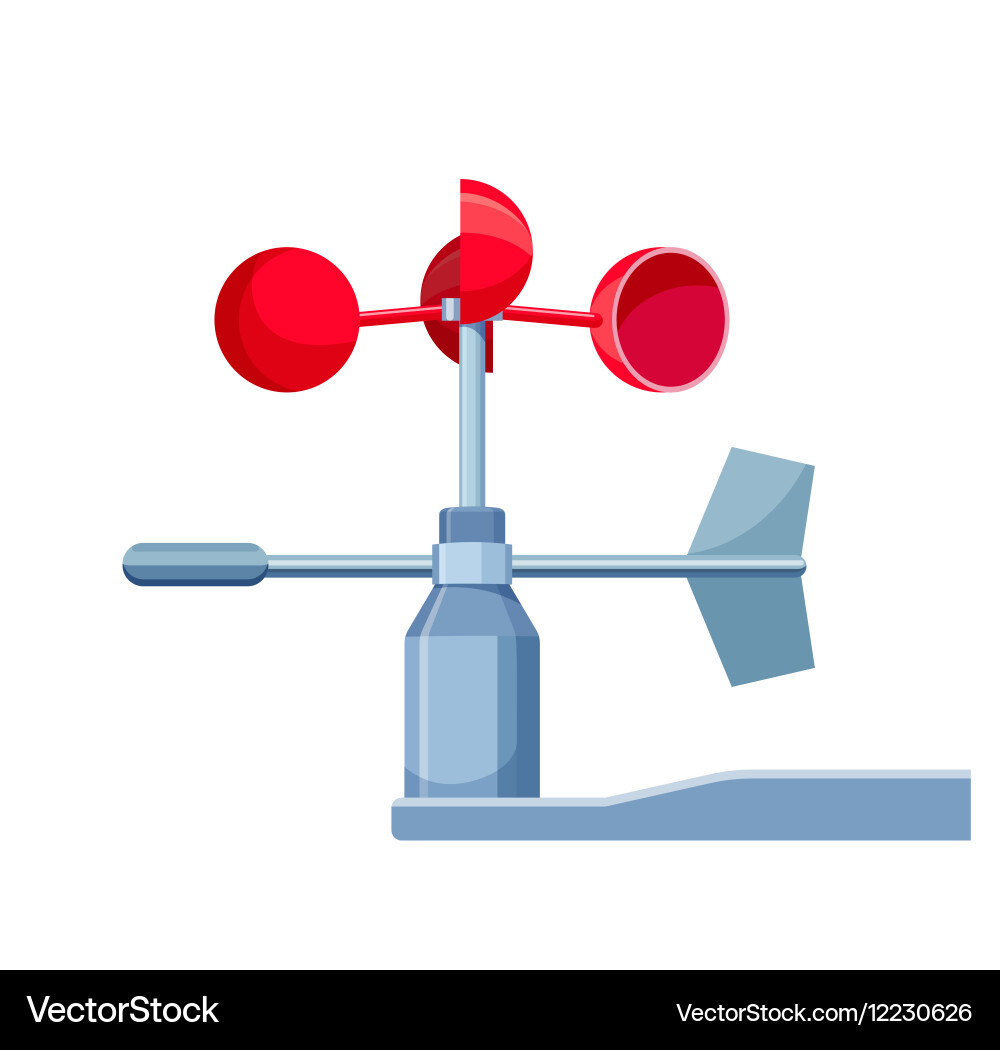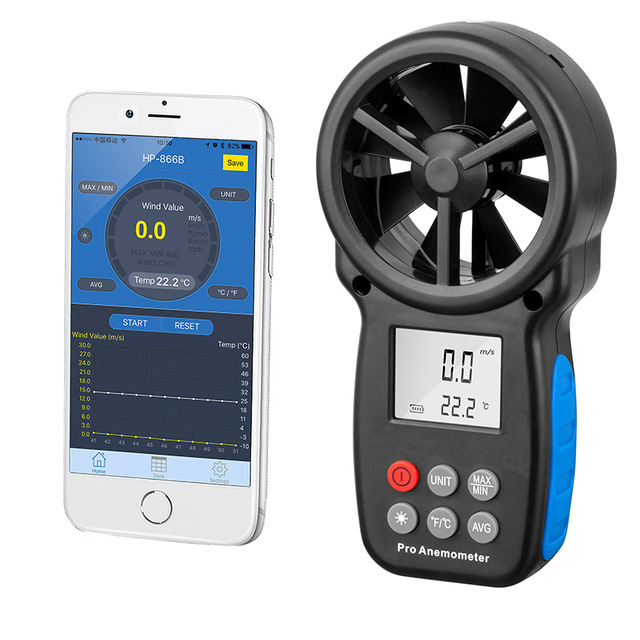Anemometers Unveiled: Understanding Their Value in Ecological Tracking and Precaution
The function of anemometers in ecological monitoring and security steps is typically ignored, yet their importance is undeniable. These tools have a lengthy background rooted in scientific query and technical improvements, advancing to end up being crucial devices in different fields. From weather forecasting to aeronautics security, anemometers play a vital role in supplying precise data that informs decision-making processes and enhances total safety and security. Comprehending the complexities of anemometers introduces a globe of essential insights that are basic to our understanding of the environment and the procedures we require to make certain safety and security.
Background of Anemometers
The advancement of anemometers can be traced back to the ancient civilizations where fundamental wind measuring devices were very first utilized. One of the earliest well-known anemometers was the hemispherical cup anemometer developed by Leon Battista Alberti in the 15th century.
In the 18th century, the renowned scientist John Thomas Romney Robinson introduced the Robinson anemometer, which included 4 hemispherical mugs placed on straight arms that extended from a main axis. This layout came to be a criterion in meteorological measurements as a result of its precision and integrity. Over the years, advancements in technology caused the growth of even more modern-day anemometers, consisting of ultrasonic anemometers and laser Doppler anemometers, using raised precision and efficiency in measuring wind rate and instructions. The history of anemometers showcases a remarkable journey of development and development in the area of weather forecasting.
Kinds Of Anemometers
Throughout the area of meteorology, numerous types of anemometers have been created to precisely gauge wind speed and direction. Sonic anemometers use ultrasonic signals to gauge wind rate and direction properly. Hot-wire anemometers run based on the principle that the cooling effect of wind on a warmed cord is proportional to the wind speed.
Applications in Meteorology
Having actually reviewed the various kinds of anemometers utilized in meteorology for measuring wind speed and direction, it is necessary to discover their useful applications in the field. Anemometers play a vital duty in weather forecasting by offering exact and real-time information on wind problems (anemometer). Meteorologists make use of anemometers to check wind speed and direction to forecast weather patterns, issue cautions for extreme weather occasions like twisters, cyclones, and storms, and analyze climatic conditions for aviation safety and security
In meteorology, anemometers help in recognizing regional and neighborhood wind patterns, which are vital for forecasting climate modifications and figuring out climatic trends. These devices are additionally utilized in research to research microclimates, urban heat islands, and air contamination dispersion. Additionally, anemometers are used in agriculture to optimize plant administration practices, such as watering and pesticide application, based on wind problems.
Significance in Aviation Safety And Security
An important aspect of guaranteeing aeronautics security hinges on the precise surveillance of wind conditions making use of anemometers. Anemometers play a vital function in aviation by supplying real-time information on wind speed and instructions, aiding pilots in making notified choices during flight, take-off, and landing. Solid and unpredictable winds can substantially impact aircraft operations, making it essential for air travel authorities to count on accurate wind measurements to make sure the security of passengers and crew.

In the dynamic setting of aviation, where also small modifications in wind rate and instructions can have profound impacts, anemometers stand as indispensable tools for advertising safe and safe flight.
Duty in Environmental Research
Exactly how do anemometers contribute to innovations in environmental research study? Anemometers play a crucial function in ecological research study by giving vital information on wind rate and instructions. This information is vital for comprehending numerous climatic procedures, such as air pollution dispersion, weather patterns, and environment adjustment. By properly measuring wind qualities, anemometers assist researchers visit the site examine the motion of toxins airborne, analyze the impact of industrial exhausts, and predict the spread of pollutants in the atmosphere.


Verdict
In conclusion, anemometers have actually played an essential function in environmental monitoring and precaution. With an abundant background and numerous kinds offered, these gadgets have been widely made use of in meteorology, aeronautics safety and security, and ecological research study. Comprehending the significance of anemometers is necessary for accurately visit this page gauging wind rate and direction, which is vital for forecasting climate patterns, guaranteeing safe aviation procedures, and carrying out ecological research studies - anemometer. Their contributions to these areas can not be ignored.
One of the earliest well-known anemometers was the hemispherical cup anemometer designed by Leon Battista Alberti in the 15th century. Over the years, advancements in modern technology led to the advancement of even more modern anemometers, consisting of ultrasonic anemometers and laser Doppler anemometers, offering enhanced precision and efficiency in determining wind rate and direction. Hot-wire anemometers operate based on the concept that the cooling result of wind on a heated cable is symmetrical to the wind speed. Meteorologists utilize anemometers to check wind speed and instructions to forecast weather condition patterns, issue warnings for serious climate events like hurricanes, storms, and hurricanes, and analyze climatic conditions for aviation security.
Recognizing the value of anemometers is vital for precisely gauging wind rate and instructions, which is vital for predicting weather patterns, making sure safe air travel operations, and carrying out environmental research studies. (anemometer)
Comments on “The Role of an Anemometer in Improving Safety for Outdoor Activities”